How to Tell If a Shallot is Bad Eat Like No One Else

Shallot is trying to tell us something YouTube
7 to 10 days. Up to 15-20 days. Storing your Shallots in damp places or high temperatures can make them rot faster. You should avoid storing Shallots in the same tray with other vegetables. Shallots can ruin other vegetables if kept together.

Shallots Archives CSA365
Don't Let Them Go Bad! Yes, shallots can go bad. As with all produce, it is important to know how to store and identify when it has spoiled. Shallots are a type of onion with a milder and sweeter taste, making them a versatile ingredient in various dishes. However, if not stored properly, they can become mushy, moldy, or sprouted.

How to grow and care for shallots lovethegarden
The exact answer to that question depends to a large extent on storage conditions - refrigerate shallots within two hours of cooking. To maximize the shelf life of cooked shallots for safety and quality, refrigerate the shallots in shallow airtight containers or resealable plastic bags. Properly stored, cooked shallots will last for 3 to 5 days.
{Tips & Tricks} Cooking with Shallots How To Simplify
Bad shallots will have a mushy, soft, gooey inside and may even secrete liquids. If they have reached this stage, absolutely do not eat them. Eating spoiled shallots can cause some serious issues with your intestinal system. Shallots that have reached this stage most likely have an overabundance of bacteria growth.
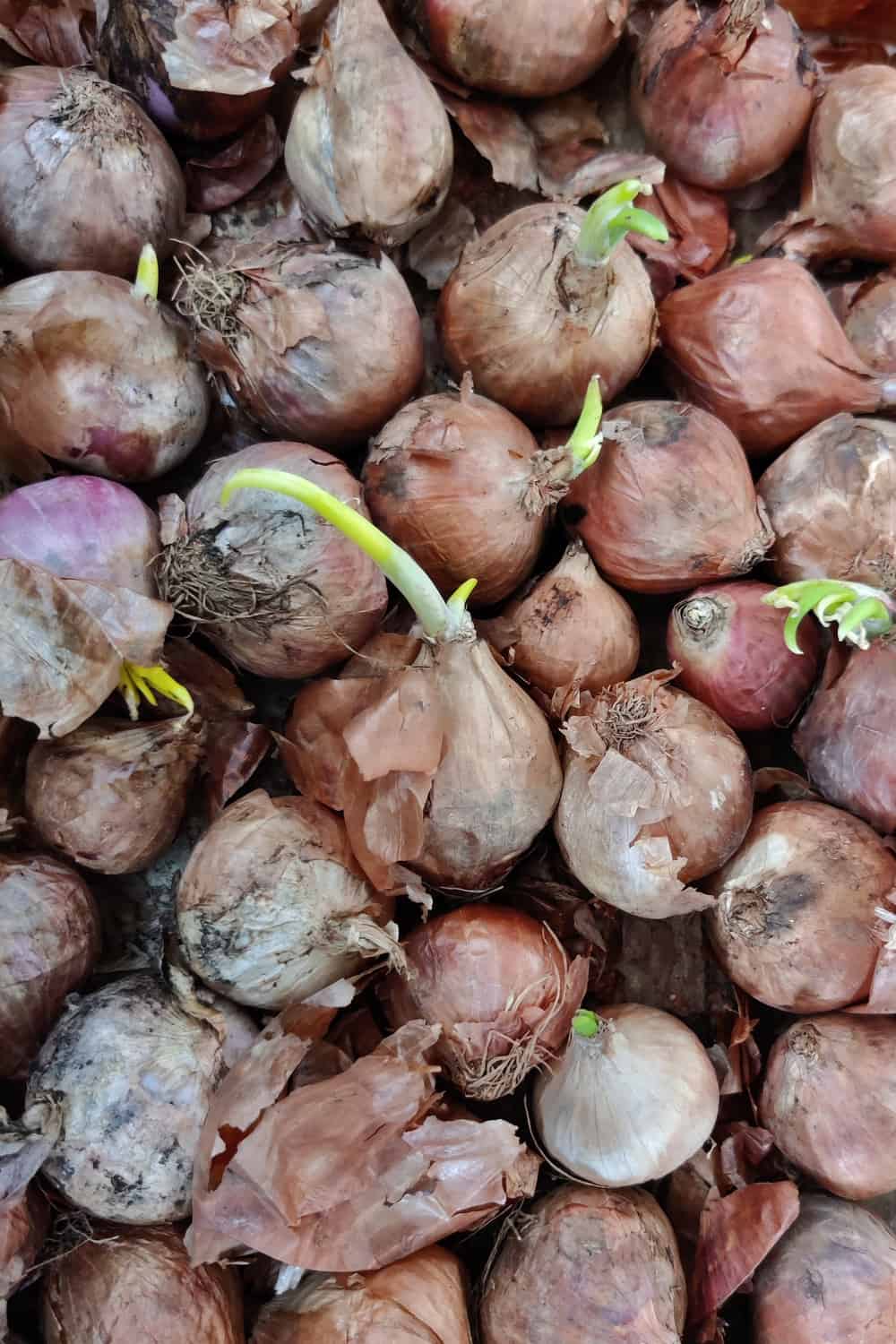
Do Shallots Go Bad?How Long Does It Last?
Once you've stored your shallots correctly, you can expect them to last for at least 2-3 months. After that, they may start to sprout and become less flavorful, but they'll still be safe to eat. So if you find yourself with a bunch of shallots that you're not quite sure what to do with, don't worry. They'll keep until you're ready.

What are Shallots? Jessica Gavin
Quick Answer. Like all fruits and vegetables, shallots will eventually go bad. When stored at room temperature, shallots can last for about a month, as long as the environment is relatively dry and cool. Storing shallots in the refrigerator can help keep them looking fresh for up to 2 months unless they are peeled or diced.

The New Sparking Shallot Buffs Are AMAZING!! GOD SHALLOT IS A BEAST
How to tell if shallots are bad. When fresh, shallots should be firm and not have any soft spots. If you notice any mushy spots on the shallot or notice the shallot feels extremely light, it may signify that the shallot has started to dry out and spoil. If the shallot has started to sprout, this is also a sign of spoilage.

How to Tell If a Shallot is Bad Eat Like No One Else
Storage. The shelf life of shallots depends on how they are stored. Like most onions, they can last up to a month at room temperature if stored properly. They should be kept in a cool, dry, well-ventilated place, away from direct sunlight and moisture. A pantry or cellar with a temperature range of 45°F to 55°F is ideal.

Too bad, Shallot. That’s what the developers wanted you to be. r
Soft, squishy, or oozing liquid: Shallots that feel soft, mushy, or have liquid seeping from them are no longer fresh. This indicates water loss and spoilage, making them unsuitable for consumption. Rotten, moldy, or darkened areas: Any signs of rot, mold, or darkened spots on the shallot's skin are clear indicators of spoilage. It's best to discard shallots with such blemishes.
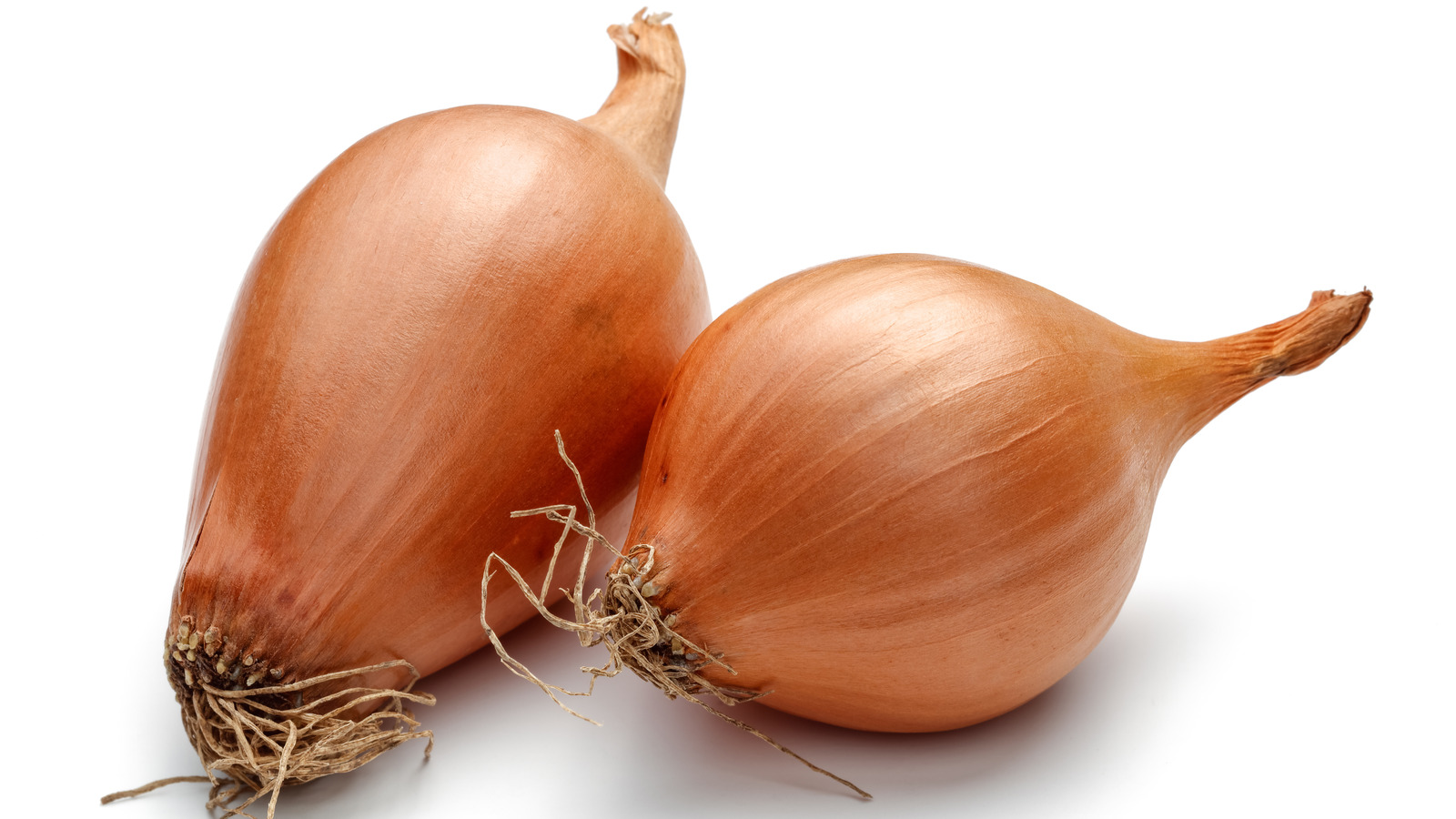
What Are Shallots And What Do They Taste Like?
Chopped Shallots. As with almost any fresh vegetables, you cannot expect chopped pieces to last for more than a couple of hours if left on the counter. Place chopped shallots in an airtight container in the fridge or freezer. They will last up to 4 days in the fridge, and up to 6 months in the freezer.
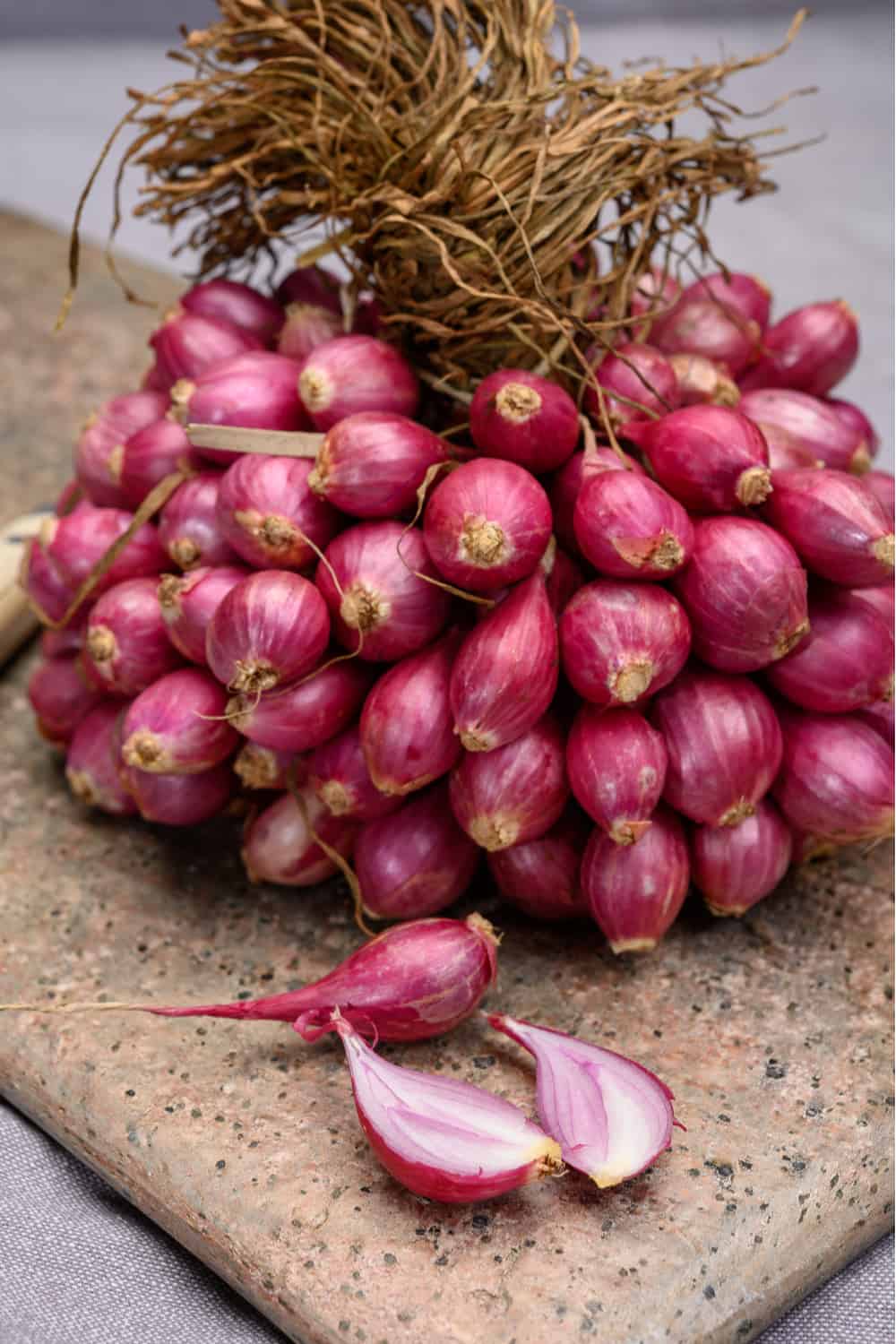
Do Shallots Go Bad?How Long Does It Last?
Bury in the garden: Another option is to bury the spoiled shallots in your garden. Dig a hole in an area away from your edible plants and bury the shallots. Over time, they will decompose and provide nutrients to the soil. This method is particularly useful if you have a large amount of spoiled shallots to dispose of.

Growing Shallots in the Southern Plains FineGardening
The freezer time shown is for best quality only - shallots that have been kept constantly frozen at 0°F will keep safe indefinitely. How to tell if shallots are bad or spoiled? Shallots that are spoiling will typically become soft and discolored, and will often develop dark patches; discard any shallots that have an off smell or appearance.
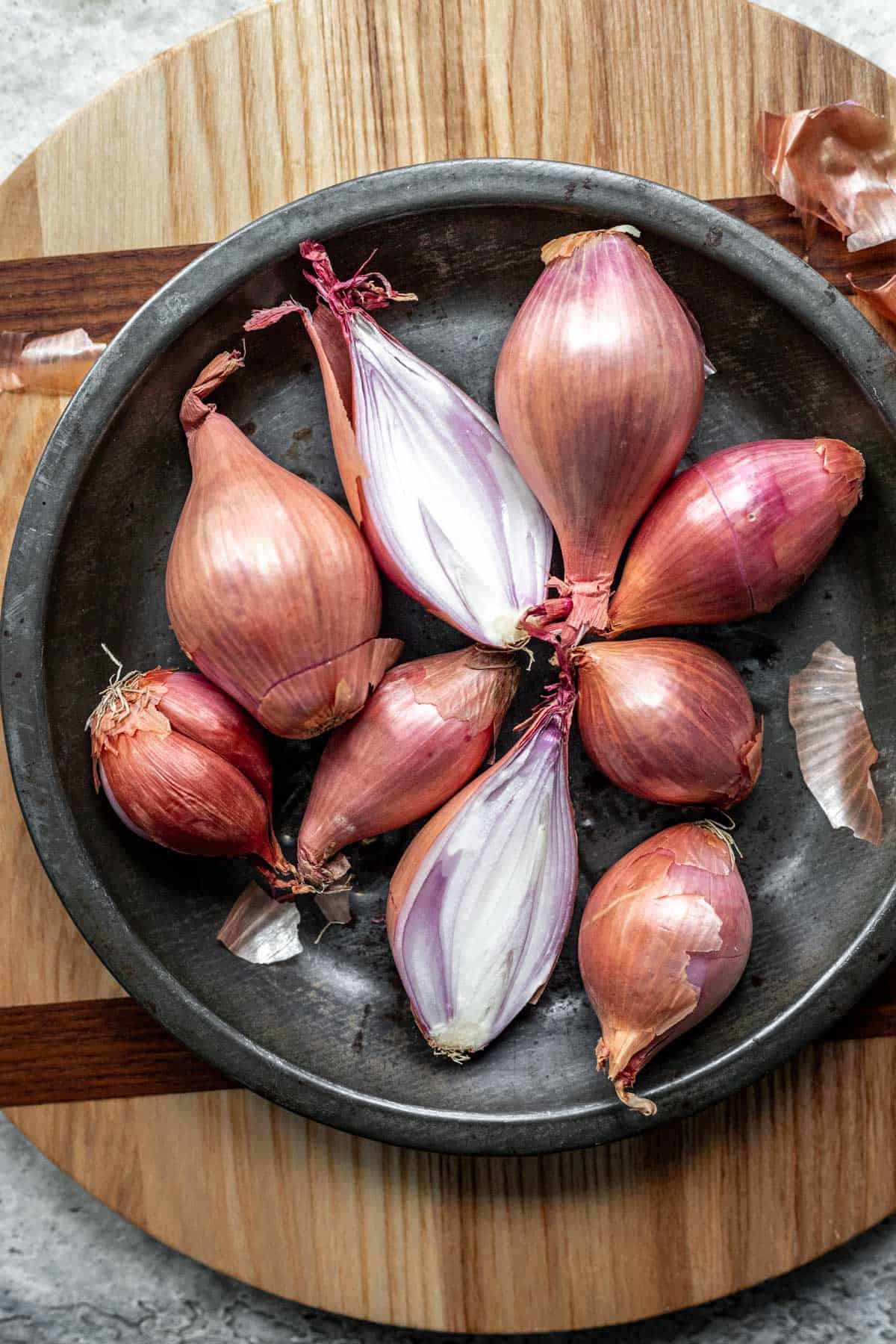
How to Cut Shallots (3 Ways!) Your Home, Made Healthy
It is important to know how to tell when shallots go bad. The first sign that a shallot is bad, or spoiled, is if it has an off-smell. A strong, unpleasant odor can be caused by rots in the bag where the shallots have been stored, which can lead to mildew or even botulism. Other bad signs of a shallot include mold and turning dark yellow, or.
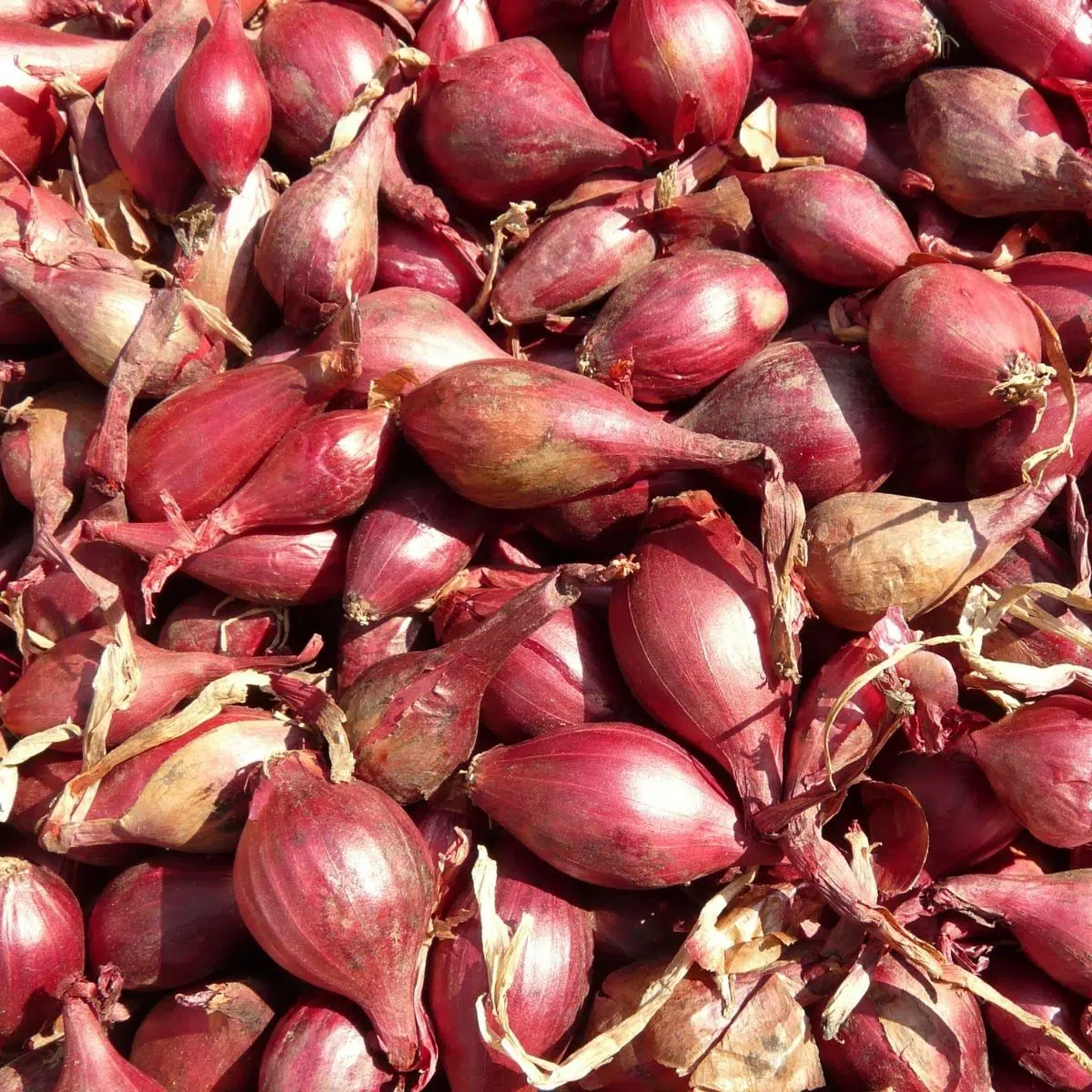
Best Shallots Substitute (9 Super Easy Shallot Alternatives To Use!)
First off, let's explore how long they should last. Shallots when stored properly (more on that in a moment) should last anywhere from 1 to 3 months. The trouble is it's hard to know how long the shallots spend at the grocery store or how long it's been since they have been harvested.

Shallots StepbyStep Grow Guide
Shallot Storage. Most cooks buy only as many shallots as they will need for a particular recipe, but if you have an abundance of shallots, store them as you would any allium in a cool, dry, dark place with plenty of air circulation. Knot them in clean pantyhose, hang from the ceiling in a dry garage, cellar or closet, and they can last up to 2.
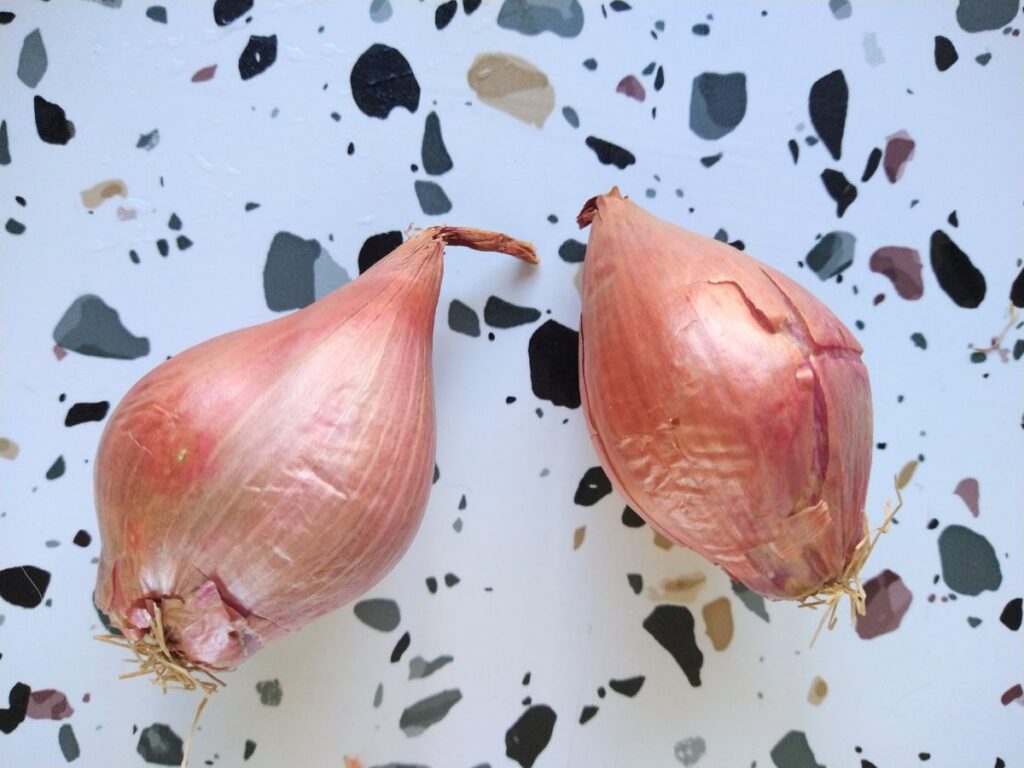
How to Tell If a Shallot is Bad Eat Like No One Else
Shallots keep for about a week on the counter, up to a month in the pantry, and more than 3 months if refrigerated. After cutting, they last for about a week, sealed in a plastic bag and in the fridge. How to tell if shallots are bad? Shallots are spoiled if they're soft, squishy, seeping, or have large areas covered with rot, mold, or darkened.